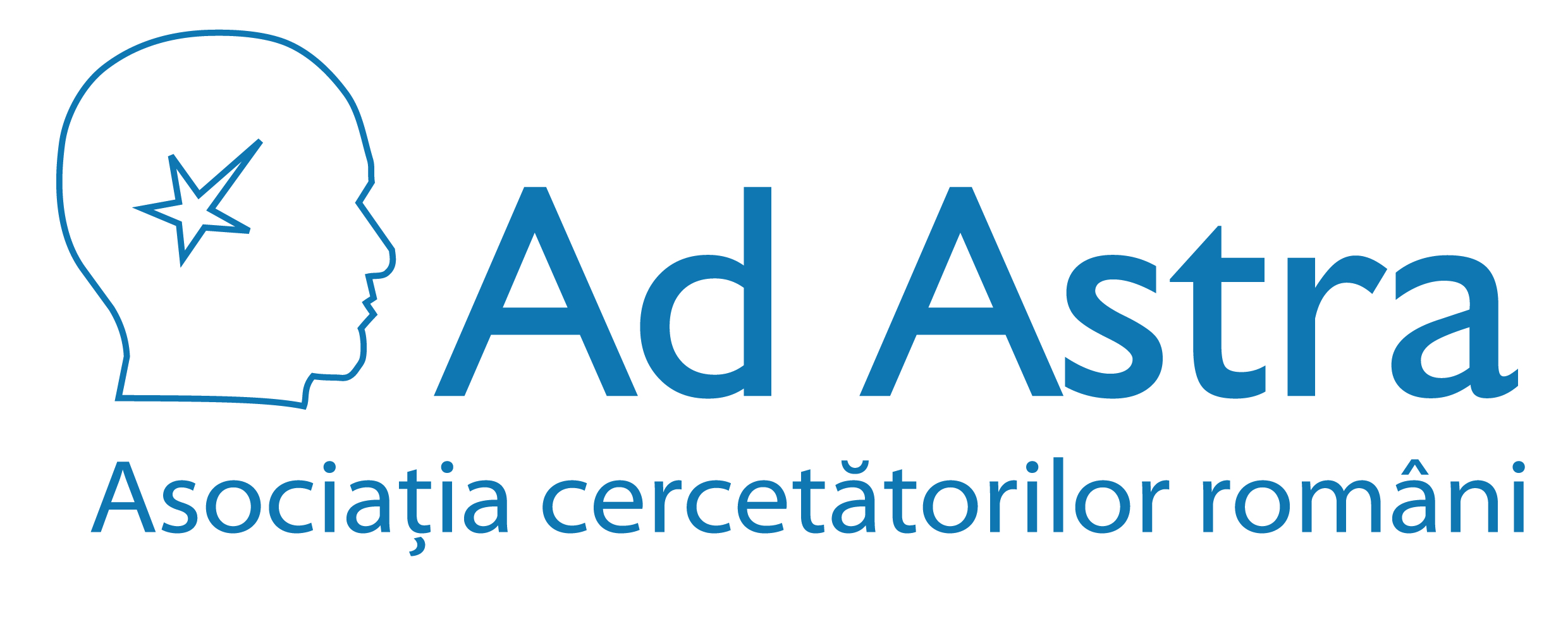Scopul nostru este sprijinirea şi promovarea cercetării ştiinţifice şi facilitarea comunicării între cercetătorii români din întreaga lume.
Staff Login
Publicatii proprii
Processing and storage impact on the antioxidant properties and color quality of some low sugar fruit jams
The aim of the present study was to assess the effect of thermal processing and storage period on the antioxidant properties and color quality of strawberry, sweet and sour cherry low sugar jam. It was observed that thermal processing of fruits led to statistical significant alterations for all monitored parameters. Most important losses due to thermal processing were recorded for monomeric anthocyanins (92-93% from the value recorded in frozen fruits),
Read moreChanges in the chromatic properties of red wines from Vitis vinifera L. cv. Merlot and Pinot Noir during the course of aging in bottle
Differences in color of red wines from Vitis vinifera L. cv. Merlot and Pinot Noir grapes (vintage 2005, winemaking center Recas) were examined during the course of aging in bottle for a period of two years. The parameters evaluated in our study included chromatic parameters (color intensity and tonality), color structure (color due to monomeric anthocyanins, polymeric pigments and copigmented anthocyanins), monomeric anthocyanins content, “chemical
Read moreMathematical model for environment contamination risk evaluation
The aim of this paper was to emphasize the application modality of a mathematical model to evaluate the risk of environment contamination correlating spectrometric analysis data of soil and bees honey samples, able to evaluate and predict the pollution level of a geographical area only based on the heavy metals content analysis of bees products. The model practiced in different fields, like risk management, optimization and statistics and which implementation
Read moreMathematical model evaluation of heavy metal contamination in vegetables and fruits
This paper presents original studies about the occurrence of some trace metals (Fe, Mn, Zn, Cu, Co, Ni, Cr, Pb and Cd) in different vegetables (pepper, cucumbers, tomatoes, eggplants, green beans, cauliflower, cabbage, dill-leaves, parsley-leaves and roots, celery-leaves and roots, onion, garlic and potatoes) and fruits (sweet and sour cherries, apricots, peaches, plums, apples, pears and grapes) cultivated in Cenad, a non-polluted area of Banat
Read moreTotal antioxidant and radical scavenging capacities for different medicinal herbs
In this study, a total of eleven medicinal herbs (Rhamnus frangula, Echinaceae herba, Phoeniculus, Malva silvestris, Crataegus monogyna, Taraxacum officinale, Plantago major, Artemisia absinthium, Epilobium montanum, Chelidonium majus, Melissae Folium) from the local market were analyzed for total antioxidant and scavenging capacities. Total antioxidant capacity was analyzed using FRAP method (Benzie&Strain, 1996) and total scavenging capacity by
Read moreThe influence of level and source of microelements on the antioxidant activity of medicinal herbs
The aim of this paper was to analyze the influence of microelements source and composition on the antioxidant activity of medicinal herbs. The microelements administered through salts, at NRC (Nutrient Requirements Council) level (A) increased significantly TACFRAP (total antioxidant capacity by FRAP method) for all groups of medicinal plants (a, b and c). The mineral salts and fritta improved TACFRAP in the first group (a – very high TACFRAP)
Read moreThe Development of a Biochemical Profile of Acacia Honey by Identifying Biochemical Determinants of its Quality
Codex Alimentarius Standard, EU Legislation and National Standards state honey authenticity. Authenticity in respect of production (to prevent adulteration) and authenticity in respect of geographical and botanical origin are the two main aspects of general honey authenticity. Quality of honey depends on the plant source, the chemical composition of these plants as well, as on the climatic conditions and soil mineral composition. Romanian acacia
Read moreThe impact of organic and mineral fertilizers on the Yield and minerals contents of Fabaceae from permanent grassland
This paper presents original studies about the influence of mineral and/or organic fertilization on the minerals contents (P, Na, K, Ca, Mg, Fe, Mn, Zn, Cu, Ni and Pb) in leguminous plants from permanent grassland situated in a hill area of Banat County. Determination of minerals in grassland is very important both for the nutritional or toxic effects of these elements and their compounds, in the plants, animals and environment. Phosphorous was analyzed
Read moreBioaccumulative and conchological assessment of heavy metal transfer in a soil-plant-snail food chain
Background Copper (Cu), zinc (Zn), cadmium (Cd), and lead (Pb) can pose serious threats to environmental health because they tend to bioaccumulate in terrestrial ecosystems. We investigated under field conditions the transfer of these heavy metals in a soil-plant-snail food chain in Banat area, Romania. The main goal of this paper was to assess the Roman snail (Helix pomatia) usefulness in environmental monitoring as bioindicator of heavy metal accumulation.
Read more
